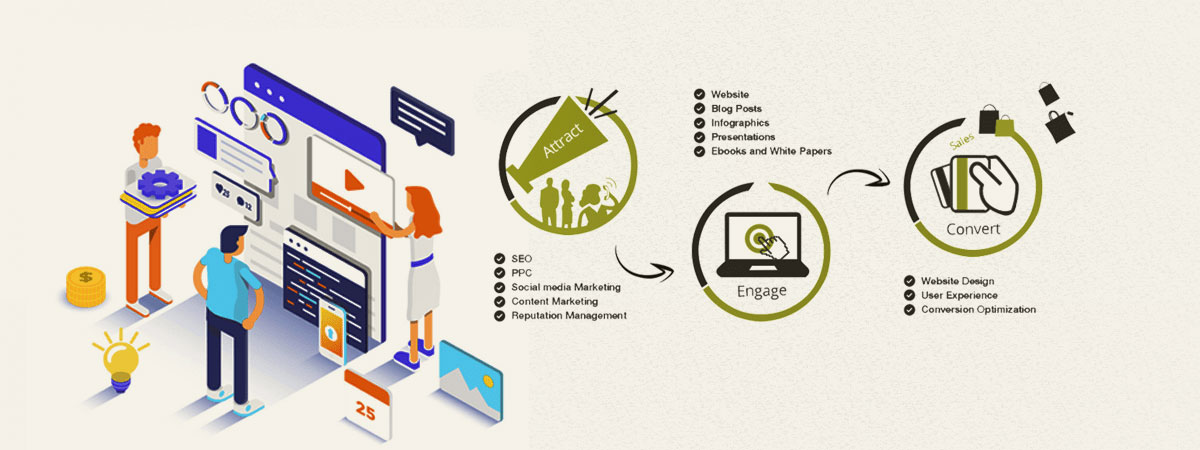The Development Of Web Design: Then And Now
The Development Of Web Design: Then And Now
Blog Article
Article Created By-Kinney Lunde
In the past, web sites were simple and focused on details. Navigation was straight, and style was for desktop computers. Now, go to this website is vital. Data overviews layouts for simple navigating. Responsive designs fit different devices. Today, dark mode minimizes pressure, and minimalist menus boost navigating. Interactive functions engage customers, and bold visuals attract attention. AI combination increases interaction. See how design has evolved to enhance your on-line journey.
Early Days of Website Design
In the very early days of website design, simpleness preponderated. Web sites were fundamental, with limited colors, fonts, and designs. The emphasis got on giving details rather than showy visuals. Individuals accessed the net with slow dial-up links, so rate and functionality were crucial.
Navigation menus were straightforward, usually situated on top or side of the page. Sites were designed for computer, as mobile surfing had not been yet widespread. Material was king, and developers focused on easy readability over complex style components.
HTML was the key coding language utilized, and developers had to function within its constraints. Computer animations and interactive attributes were minimal compared to today's standards. Sites were fixed, with little vibrant content or customized user experiences.
Increase of User-Focused Layout
With the evolution of web site layout, a shift towards user-focused style concepts has actually ended up being increasingly noticeable. Today, producing sites that prioritize individual experience is crucial for involving site visitors and attaining service objectives. User-focused layout involves comprehending the demands, choices, and habits of your target market to customize the internet site's design, web content, and features as necessary.
Designers now conduct comprehensive research, such as user surveys and functionality screening, to gather understandings and comments directly from users. This data-driven method helps in producing instinctive navigation, clear calls-to-action, and visually enticing user interfaces that reverberate with visitors. By placing the user at the center of the style procedure, web sites can deliver an extra tailored and delightful experience.
Receptive style has actually additionally become an essential element of user-focused style, making certain that websites are maximized for numerous devices and display sizes. This versatility improves availability and functionality, satisfying the diverse methods customers engage with websites today. Fundamentally, the rise of user-focused layout indicates a change towards developing electronic experiences that focus on the requirements and assumptions of completion individual.
Modern Trends in Web Design
Check out the most up to date patterns shaping website design today. One prominent trend is dark mode style, using a streamlined and contemporary look while decreasing eye stress in low-light settings. An additional essential trend is minimalist navigating, streamlining food selections and improving individual experience by concentrating on essential elements. Integrating micro-interactions, such as animated buttons or scrolling impacts, can create an extra interesting and interactive internet site. Responsive design remains vital, making certain seamless user experiences across numerous gadgets. Furthermore, utilizing vibrant typography and asymmetrical designs can include aesthetic interest and accentuate specific material.
Integrating AI innovation, like chatbots for consumer support or personalized referrals, improves user involvement and simplifies procedures. Ease of access has likewise end up being a substantial trend, with developers focusing on inclusive layout techniques to deal with diverse user requirements. Embracing sustainability by optimizing web site efficiency for speed and efficiency is another arising trend in website design. Working together with individual responses and information analytics to repeat and improve layout continually is important for remaining relevant in the ever-evolving digital landscape. By accepting these contemporary trends, you can create a visually appealing, user-friendly site that resonates with your target market.
Conclusion
As you reflect on the evolution of web site layout from the early days to currently, you can see exactly how user-focused style has become the driving pressure behind modern-day fads.
Welcome the journey of change and adaptation in website design, constantly maintaining the user experience at the forefront.
Stay existing with the current patterns and innovations, and never ever stop progressing your approach to create aesthetically spectacular and user-friendly websites.
Evolve, adjust, and create - the future of web design is in your hands.
